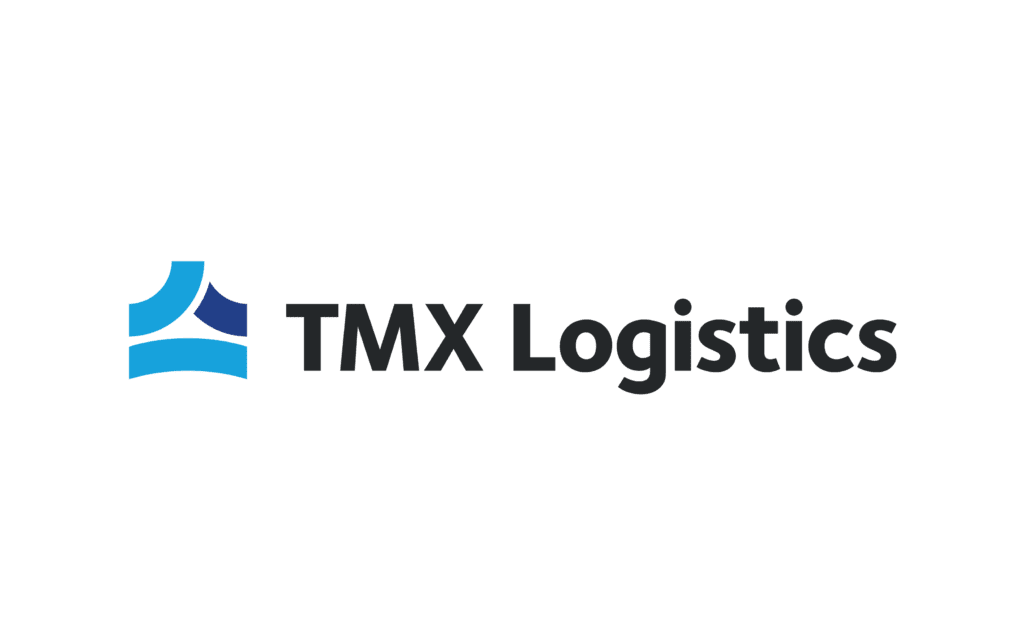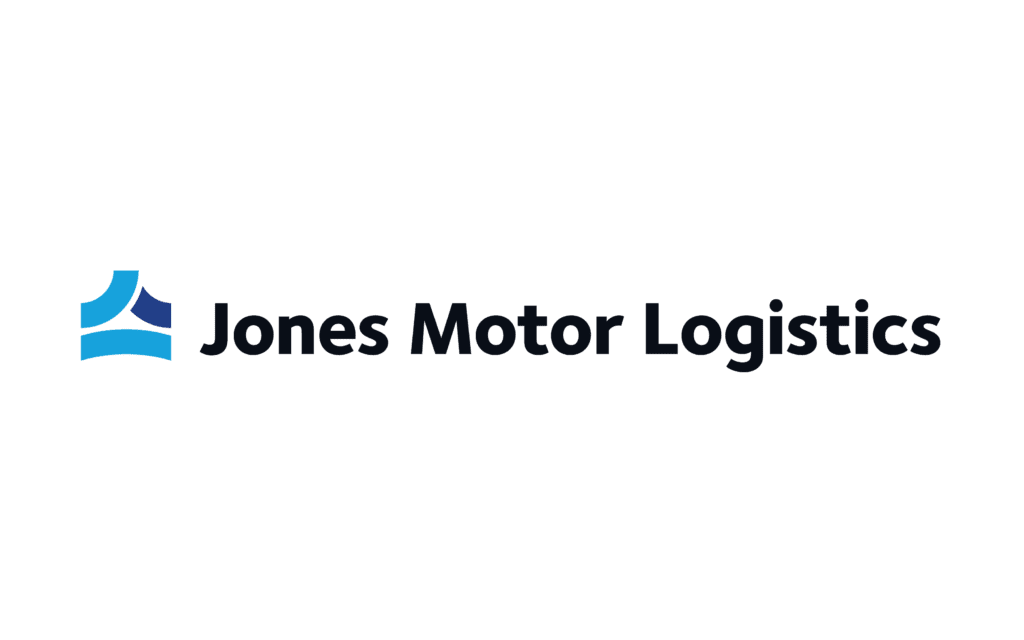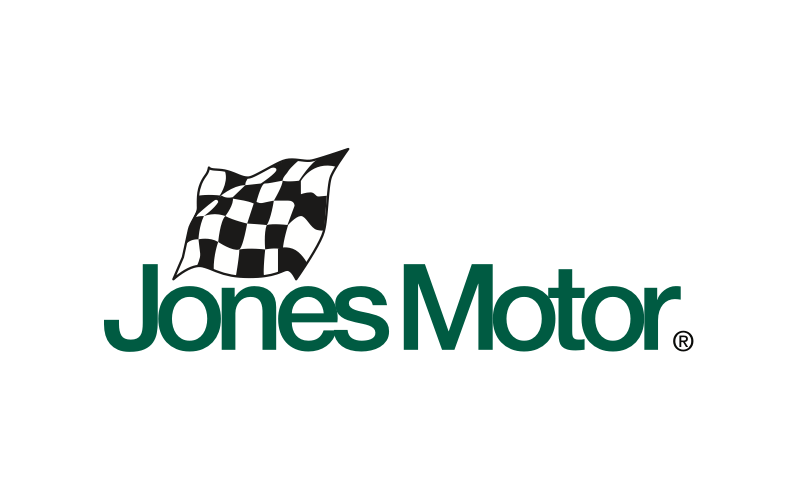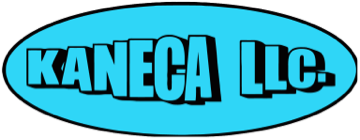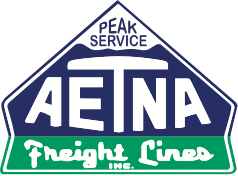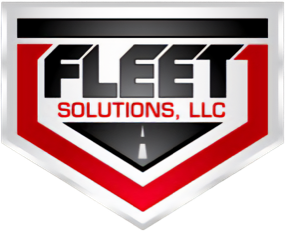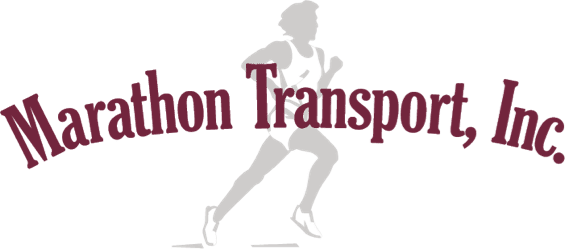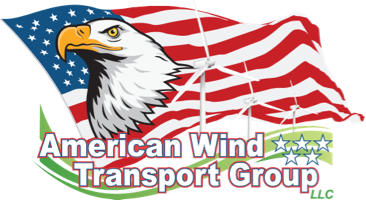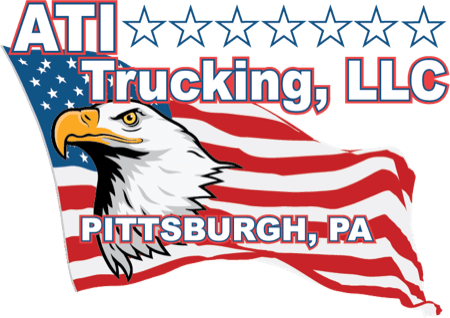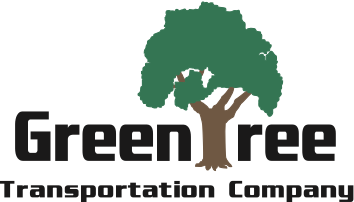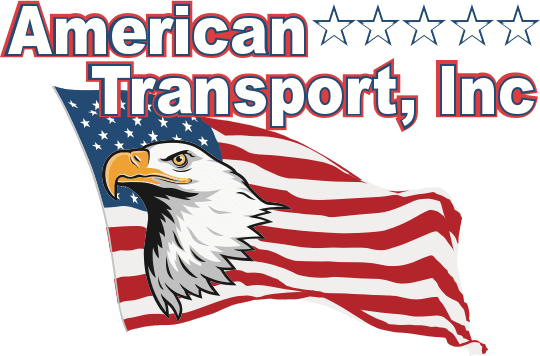Specialized trucking is never just about the truck.
It’s about permits, planning, escorts, routing, insurance—and sometimes, tree removal. (We’ll get to that.)
If you’re shipping freight that doesn’t fit into a standard trailer, welcome to the world of specialized trucking, a field governed by strict regulations, logistical complexity, and limited room for error.
Whether it’s your first oversized load or one of many specialized trucking can feel overwhelming. But with the right partner and the right planning, it doesn’t have to be.
At Bridgeway, we move oversized, wide-load, and highly complex freight every week. From modular buildings, Pressure Vessels to wind turbines and entire fleets of agricultural equipment, our team has extensive experience navigating the challenges of specialized transport. Now, we’re sharing what we’ve learned.
This guide walks shippers through the key questions, common pitfalls, and hard-earned lessons that make or break a successful specialized trucking move.
What Qualifies as “Specialized” Freight?
Technically speaking, specialized freight refers to anything that exceeds the legal dimensions of a standard trailer—and cannot reasonably be broken down into smaller parts.
If your item can be disassembled to fit on a standard trailer, it usually has to be. But some things—like modular buildings, aircraft parts, or wind turbine blades—just aren’t built to come apart.
In practice, “specialized” often means:
- Too tall for a step-deck or lowboy trailer
- Too wide for a regular traffic lane
- Too heavy for a standard permit
- Too valuable or delicate to risk a patchwork plan
Specialized generally includes any shipment that:
- Exceeds legal dimensions for transport (typically over 8’6” wide, 13’6” tall, or longer than 53’, depending on trailer type
- Weighs more than 48,000 lbs. depending on trailer type gross product weight
What Makes Specialized Trucking So… Special?
Unlike typical freight, specialized loads need a plan—and a team.
Some freight may be slightly oversized but easy to move. Others may be legal dimensions but demand custom equipment, weather protection, or sensitive handling—still very much a specialized move.
At Bridgeway, we’ve moved oversized loads across the U.S. for over 25 years—and we’ve learned that specialized trucking is never one-size-fits-all. No two shipments are ever the same.
Here’s why: route planning is an art and a science.
Oversized shipments often can’t take the fastest route. Our engineering teams research:
- Bridge capacities
- Road widths
- Turning radius
- Construction zones
- Weather conditions
- Overpass heights
- Traffic patterns
- Roadway weight capacity
We also look at whether the power lines are too low or if that old tree needs to be trimmed (or removed and replaced).
How Long Does It Take to Plan a Specialized Shipment?
Longer than you think. Some specialized shipments can be planned and executed in a few days. Others take weeks or months of preparation.
A lot depends on where you’re going and what you’re shipping. Some states are quick to issue permits. Others may require detailed drawings, route surveys, and coordination with multiple agencies. And sometimes, nature—or infrastructure—needs to be rearranged to make way for your shipment to pass safely. If you need to cross a bridge that requires reinforcement, for example, you’ll need to start very early.
🟨 At Bridgeway, we’ve managed shipments that required up to six months of advance planning, clearing the project area and coordination with multiple jurisdictions. On the other hand, we’ve also moved slightly oversized loads with just a few days’ notice.
What Should You Expect to Pay For Specialized Trucking?
The costs of specialized freight can range dramatically—from a few thousand dollars to hundreds of thousands—based on the size, complexity, and handling requirements of the shipment.
Some of the biggest drivers of cost include:
- Permits (especially for over-width, or over-height loads)
- Escort vehicles and police support
- Route modifications or infrastructure work, such as lifting electrical, communication lines or taking down/standing up a telephone pole
- Custom packaging or bracing
- Duration of the trip
- Insurance requirements
- Geographic obstacles, like limited turn radius, low-clearance bridges, or narrow roads
🟨 We’ve shipped modular buildings for $14,000 each. But we’ve also managed shipments that cost $250,000 to $1 million—especially when product size required major route adjustments or special equipment.
Pro tip: If you get a quote that seems too good to be true, it probably is. Shortcuts in planning, permitting, or equipment can put your load—and your reputation—at serious risk.
Questions to Ask Before You Book a Carrier
Choosing a specialized carrier isn’t like booking an LTL shipment. You’ll want to vet your partner thoroughly.
Here’s what to ask:
- How long have you been moving specialized freight?
- Do you have in-house engineering or route planning experts?
- Can you show examples of past moves like mine?
- Do you handle permits and escorts and police?
- What’s your communication process during the move?
- What is your safety record?
- Are you using assets or third party broker trucks?
- Do you have carriers you regularly work with on oversized shipments?
- What type of support do you offer during shipment?
- How engaged are you during the process?
And the big one: What’s not included in the estimate?
Pro tip: The right partner welcomes these questions. The wrong one gets nervous.
What You Need to Do as a Shipper
Your specialized trucking carrier should do the heavy lifting (pun very much intended), but there are a few things you’ll need to provide to make the move possible.
1. Provide Detailed Drawings and Specs
You need to fully understand, down to the inch, the size of the product and its packaging. We’re talking full specs—length, width, height, weight, and any attachments or packaging.
The size determines the permits and the elements needed to move it: Does it require a police escort? Do we need a pusher? Even a few inches can make or break a route. If your dimensions are incorrect when quoting, it’s a ton of money and huge headaches.
🟨 We’ve seen freight rejected in the permitting phase due to incorrect specs on permit paperwork. Always measure twice, after manufacturing.
2. Think About Weather and Protection
Oversized freight is often exposed. Will your load be traveling through a dirt storm in Arizona? Running over salt in Minnesota? Curving through the mountains of West Virginia? If your product can be damaged by salt, snow, rain, or wind, it needs to be protected appropriately.
- Shrink wrap or tarping may not be enough.
- Underside protection is just as important as top coverage.
- Custom crating or specialized packaging might be required for sensitive items.
3. Review Insurance Coverage
Check what your policy covers. Make sure your carrier carries enough liability and cargo insurance to protect your shipment—and your business.
Red Flags to Watch For
Specialized trucking is not the place to cut corners or take chances. The risk of legal issues—or worse, injury—is too high.
Whether you’re the shipper or the carrier, these are non-negotiables:
- Anyone who rushes the process is a risk. Time matters, but not at the expense of safety.
- Lack of transparency is a deal-breaker. If you want to know something, you should be told—plain and simple.
- Downplaying safety protocols is a no-go. Everyone involved needs to take safety seriously.
This works both ways. Carriers and shippers alike need to be clear, patient, and methodical. Specialized freight is a team sport, and every player matters.
The Importance of Aligning with the Right Specialized Trucking Partner, from Drawing to Delivery
Most important—and if you read nothing else—you need to find a specialized trucking company who will take the time to educate you, from start to finish, about the parameters of the process. A true partner MUST have your best interest in their thought process!
The right partner won’t just take an order and disappear until delivery day. They’ll ask the tough questions, flag risks early, and help you find ways to ship smarter—sometimes before the product is even built.
When you bring in a trusted carrier like Bridgeway early, they can collaborate with your engineering team, offer load planning input, and confirm measurements before it’s too late. This kind of alignment is what keeps surprises (and costs) to a minimum, helps ensure your cargo is delivered safely, legally, and on budget.
From Blueprint to Backyard: How Early Planning Made This Move Seamless
A modular building company designing luxurious, sustainable, modular buildings—needed to move a prefabricated building from Mexico to a backyard in Colorado. The catch? A crane had to lift the structure over an existing house.
By bringing Bridgeway early, we helped:
Analyze and consult on building dimensions and transport requirements allowing the customer to increase the size of their product and enter a more favorable market.
- Optimize packaging and strapping for a secure move
- Map out the final delivery site to ensure safe placement
- Perform cross border customs work and cross-docking to keep everything on schedule
Because the team aligned from the beginning, everything ran smoothly—and the new owners got their buildings exactly as envisioned.
Three Tips for Avoiding Expensive Surprises
- Work with a skilled manufacturing engineering firm.
Yes, it costs more upfront—but if they can tweak the design to fit on one truck instead of two, the savings are real. - Double-check measurements after manufacturing.
Specs can shift. You don’t want to find that out when the load doesn’t fit the trailer you ordered. - Don’t just go with the cheapest carrier.
The right partner will help you avoid future costs—not just offer the lowest estimate today.
Why Do Shippers Trust Bridgeway?
We’re not the only reputable company in specialized trucking—but we’re one of the few that bring together all of these elements.
Deep Experience with Oversized Freight
Our on-staff engineering team and experienced leaders (with decades of experience) know what to look for—so nothing gets missed. If a customer comes to us with a new type of cargo, we have the expertise needed to create a solution.
We handle:
- Blades and tower sections of wind turbines
- Modular buildings
- Pressure vessels – boilers
- Fabricated pieces
- Heavy duty transformers
- Big agricultural equipment
- Slightly overweight to wildly oversized shipments
A Trusted Carrier Network
Along with our asset based trucks, we partner with a vetted network of experienced carriers who handle some of the hardest jobs on the road. They’re not just vendors. They’re part of the Bridgeway family—and yours.
“We only work with our own assets or preferred partner carriers we’ve built trusted relationships with to move this type of freight.”
— Mark Y., Senior VP of Direct Channel
Consistent Guidance
One project. One point of contact. One team that understands your business. You don’t need to learn the ins and outs of specialized trucking—that’s our job.
Proactive Communication
We stay in touch—from first call to final delivery. We even check-in afterward to see how things went. Because that’s how partnerships should work.
When Should You Bring in a Carrier Partner?
Short answer: early.
If you even think you’ll be moving something large or unusual, bring in a partner like
Bridgeway as soon as you have preliminary specs.
Why? Because early conversations like, “We think it’s 13 feet, but what happens if we add 6 inches?” can make all the difference in cost, route, and timeline. The earlier we start, the smoother the trip, and the fewer the surprises.
Why Bridgeway?
- 30+ years of experience
- A vetted carrier/driver network
- One point of contact
- Hundreds of moves every year
- 80% to 90% repeat customers
- Trusted by Fortune 500 companies
Before you choose a specialized trucking partner, call Bridgeway first.
At Bridgeway, we’ve rescued more than a few loads from bad decisions. But we’d rather help you get it right the first time.
We bring decades of know-how, engineering muscle, and logistical smarts to every load—so you can focus on your business while we handle the heavy stuff (literally).
Ready to move something big? We’re ready to help.
